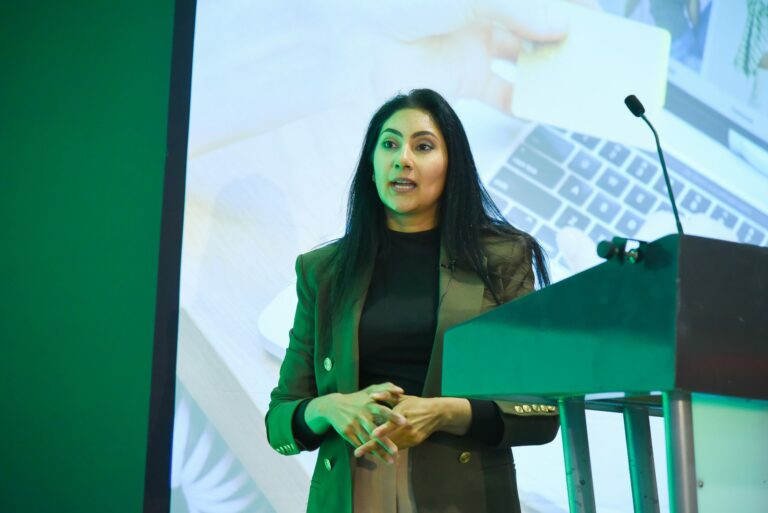Speaking at Retail Destination Live, held earlier this summer at the Jury’s Inn hotel at Hinckley Island, Dr Amna Khan, senior lecturer in consumer behaviour at Manchester Metropolitan University, discussed the ‘omnichannel seamless experience’ where consumers do not see channels, they shop, and they crave experiences that are convenient and seamless “We’re getting a hybridisation of online and offline,” she told the audience.
Dr Khan said stores had introduced technology to change the customer’s journey and create an omni channel experience. Retailer Zara has an app that has an in-store mode, where shoppers can continue to use the app in the bricks-and-mortar store to reserve fitting rooms, locate stock on the exact shelf or rail and use scan-and-go technology. She said consumers want to get in and out of a store with the same speed and efficiency as they get online.
She spoke about Click and Collect and also contactless collection and said this was where technology really comes into play. “Zara is actually using self-service collection – they have storage for 1,500 parcels within their store. So, what does that mean about the future for retailers? Are they going to be like fulfilment centres where they’re Amazon in the back office and offer an experience in the front office?”
Dr Khan went on to talk about returns. She said that online shopping during the pandemic had made consumers very confident about just ordering multiple items for choice and sending back what they didn’t want. But returns were hurting retailers so they were working on modifying customer behaviour by introducing a charge. She cited Zara again, where returns cost £1.95 which is taken off the refunded amount, but you can return the item free in-store. And getting those shoppers in the store was important as 70% of those collecting or returning parcels make impulse in-store purchases
She also talked about conscious consumption and how the consumer thought much more about their buying habits. “During the pandemic, consumers had time to think, reconsider and reflect on their consumption behaviour,” she said, mentioning the growth of sites such as the Too Good To Go food waste management system and asking whether a similar model could be used for other perishable goods.
This was first published in Retail Destination Fortnightly. Click here to subscribe.


